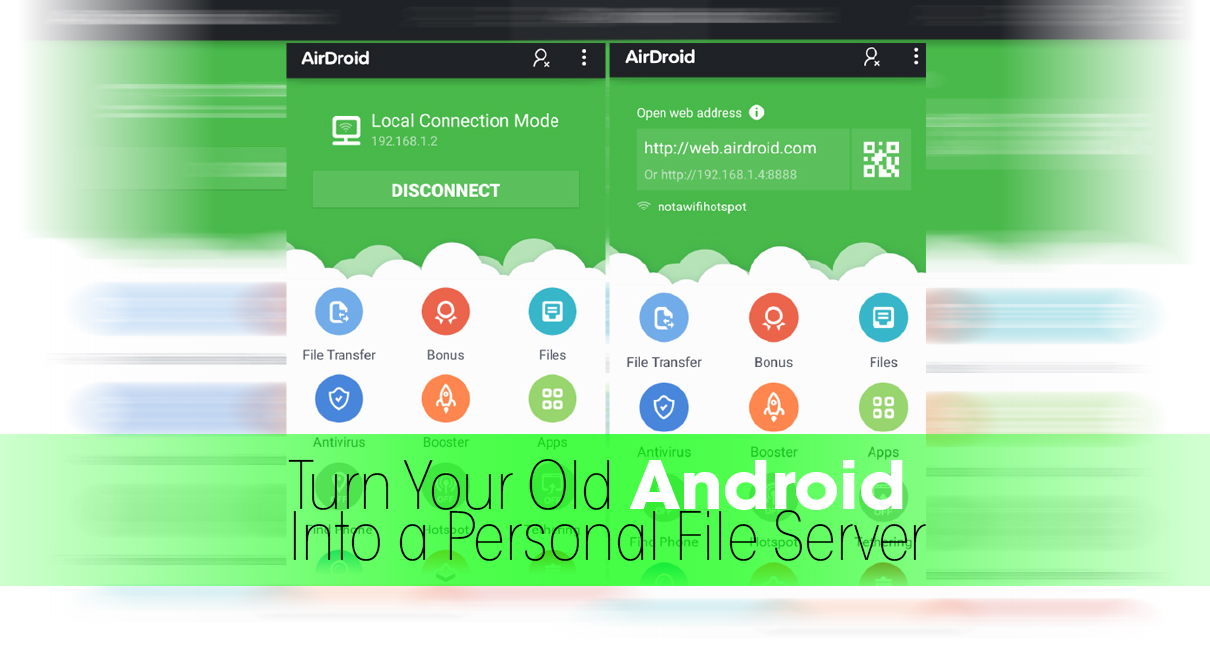If you’ve gone through your fair share of smartphones over the last few years, chances are there’s a pile of unused devices huddled in a corner of your cabinet. That’s a sad life for a pocket rocket. Give one of your retirees new purpose by turning it into a portable and low-power file server. All it takes is an old device, a microSD card, a charger, and a few apps. No more scraping the bottom of your bag for a flash drive or tangling yourself in file transfer cables!

First, you should do a factory reset on your old device to make sure that any personal data you may have left on there is erased. Afterwards, double check your phone’s internal storage. Some devices only reset system data while leaving multimedia files untouched. In this case, you have to manually delete any unwanted leftovers and use Clean Master (downloadable through the Play Store) to sniff out any stragglers.
Next, get yourself the biggest, highest quality microSD card your smartphone can read. For capacity, the standard of years past is 32GB, while newer devices can take in as much as 64GB and 128GB cards (though if you can change phones that often, a real NAS might be better) As for quality, Class 4 cards will work fine, but Class 10 and UHS-I cards will make sure that you have no bottlenecks in both read and write scenarios.

Afterwards, download AirDroid: File Transfer/Manage by Sans Studio on the Play Store. It’s an 18MB app that will give remote access to your phone’s storage—both built-in and microSD—through Wi-Fi connection. Unlike other FTP or media server apps, AirDroid is super simple. There’s no need to pull your hair out trying to determine why your ingenious network storage isn’t broadcasting.
Once downloaded on your smartphone, AirDroid will give you a web address and an IP address. The first instructs you to create an account and download the companion desktop app; while the latter allows you to jump right in and move files between the phone and your desktop through an internet browser. Yep, it’s that simple.
How reliable is it though? While only one device can access the phone server at any given time, connections were solid. File transfer speeds were decent enough as well—a 370MB file sent from the computer to the phone took around three minutes, while the reverse took around two minutes. Of course, this all depends on the connection speed of all the devices tethered to the hotspot.
Even though you’ve limited storage space with this DIY solution, it’s an extremely viable personal cache for all your smartphone photos and videos. It’s also a great way to easily share multimedia around the house. Not bad for an old-timey device, eh?
Also published in GADGETS MAGAZINE February 2016 issue.
Words by Chris Noel Hidalgo
